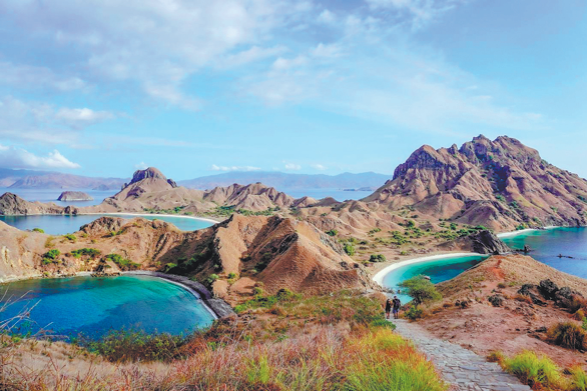Home / Business and Economy / Indonesia's Visa Policies Fuel Tourism Boom Across the Archipelago
Indonesia's Visa Policies Fuel Tourism Boom Across the Archipelago
6 Oct
Summary
- Visa-on-Arrival and e-VoA policies boost tourist arrivals, including to Labuan Bajo
- Chinese visitors to Labuan Bajo surge 350% in 2 years due to visa changes
- Bali not experiencing overtourism, but rather tourist overconcentration

As of October 2025, Indonesia's tourism industry is experiencing a significant boost, thanks to the government's ambitious policies to attract more visitors to the archipelago. Melania Dasilva, the operational manager of L Bajo Hotel in Labuan Bajo, East Nusa Tenggara Province, is among those who have witnessed this transformation firsthand.
Dasilva highlights the positive impact of initiatives such as Visa-on-Arrival and e-VoA, which have made it easier for tourists to enter the country. This has led to a surge in visitor numbers, including to Labuan Bajo, a once-quiet town on the western tip of Flores Island. The number of Chinese tourists to Labuan Bajo has skyrocketed by 350% over the past 2 years, partly due to the government's visa-on-arrival policy.
The trend is not limited to Labuan Bajo. Across Indonesia, international airports are seeing growing numbers of travelers, with fewer reports of long lines at immigration counters. The new visa system, which includes both Visa-on-Arrival and e-VoA, allows tourists and business visitors to stay for up to 30 days upon arrival, providing greater flexibility.
While Bali remains a popular destination, the government is working to disperse visitors to other parts of the country, such as Java, Labuan Bajo, Lake Toba, and sites in Papua. The tourism minister has set a target of attracting 14 to 16 million foreign tourists this year, with Bali likely to remain a top draw. However, the focus is on addressing the issue of "tourist overconcentration" rather than overtourism, as the northern part of Bali and other regions offer promising destinations for visitors.


